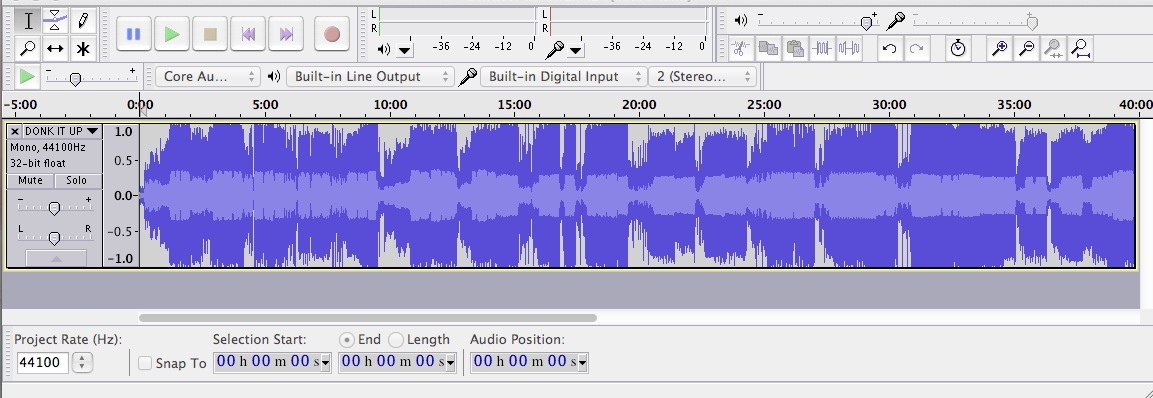
VST plugins are probably the most popular and most plugins will be available in this format. As we’ll see though, that’s slightly different when installing the same plugin on Windows.Īlthough Audacity can handle different types of plugins, we’ll be focussing on the installation of VST plugins in this article. In the example below on MacOS, even that’s not necessary, it’s just a case of installing the plugin as it comes. It’s just a case of selecting the correct installation location as you’re going through the setup process. Plugins will generally come with an installer package meaning you don’t have to dig through the file system manually which makes things nice and simple. On Windows, the installation folder will be in Program Files/Program Files (x86) and on MacOS, the Applications folder. To install VST plugins in Audacity, add them to the Plug-Ins folder in the Audacity installation folder. In this guide, you’ll be walked through the plugin installation process so you can start your search for your next plugin to fix that niggling audio issue or simply to enhance the overall production of your podcast.

However, it’s inevitable that you will come across situations which require the use of addition plugins to achieve a specific result.

Out of the box, it comes with some solid features to get you started.

Your support is hugely appreciated.įor something that can be downloaded for free, Audacity is a very capable recording and editing tool for podcast producers. Please assume all links on this page are affiliate links. As an Amazon Associate we earn from qualifying purchases when you use one of our links. Affiliate Disclosure: The Seasoned Podcaster is supported by its readers.


 0 kommentar(er)
0 kommentar(er)
